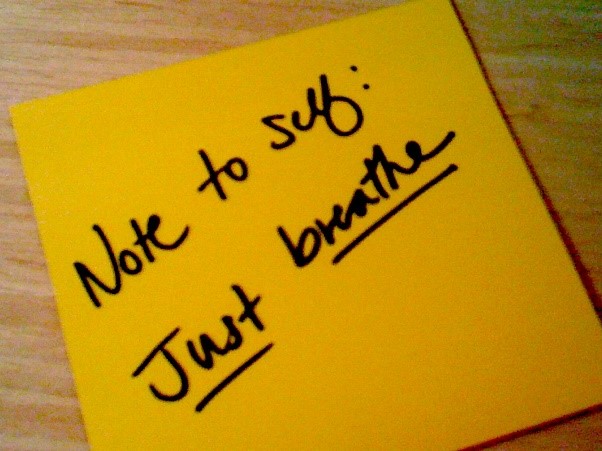Breathing is a function easily taken for granted as it usually occurs without us having to think about it. While breathing is most known for supplying our bodies with oxygen while clearing out carbon dioxide biproduct, it also plays a pivotal role in speaking, coughing, swallowing, posture, relaxation and even physical activities such as walking and transferring.
In people with Parkinson’s Disease, changes in their breathing or respiratory function may be able to be detected as one of the first signs of progression of their condition. Respiratory dysfunction has been found to be the result of both central and secondary peripheral causes, and is the main cause of death in Parkinson’s Disease.
Central causes include neurodegeneration affecting respiration related neurons at the brain level in the basal ganglia. These result in decreased cough reflexes, problems with regulating breathing with the body’s decreased response to high carbon dioxide levels in the blood, failure to energize muscle up to the necessary level to perform a fast cough, increased rigidity and fatigue of the throat muscles causing stridor (wheezing) and upper airway obstruction. Rigidity and bradykinesia of the vocal cords leads to slurred or soft speech.
Peripheral causes of respiratory dysfunction become worse as Parkinson Disease progresses including axial skeleton rigidity, decreased chest wall compliance, weakness and tremor of inspiratory muscles, weak core and trunk extension muscles. Sedentary lifestyle also strongly contributes to worsening of peripheral causes of respiratory dysfunction. Peripheral causes contribute to low lung volumes, which then reduces ability to clear carbon dioxide out of the body, contributes to speech challenges with reduced breath support, and reduces the ability to produce a strong cough.
Physical therapists are well equipped to assess and treat respiratory dysfunction in neurologic conditions like Parkinson’s Disease. Spirometry evaluation and circumferential measures of chest and abdominal cavities can be utilized to collect data on lung volumes and compare to age based normal values. This can assist in treatment planning and tracking progress. Inspiratory muscle trainers can be utilized in any position for strengthening respiratory muscles and can be paired with certain exercises to maximize chest and lung expansion. Parkinson specific exercises such as Parkinson Wellness Recovery (PWR!) can be paired with breathing exercises to improve coordination, strength, and speech production. PWR! exercises are also designed to reduce the peripheral dysfunctions of axial skeleton rigidity, decreased chest wall compliance and weakness of proximal muscle groups such as trunk and hip extensors. Respiratory intervention as part of a well-rounded treatment plan for neurologic conditions can enhance function, improve quality of life, and promote neurological recovery or slow neurologic degeneration.
~ Anna Semelbauer, PT, DPT


